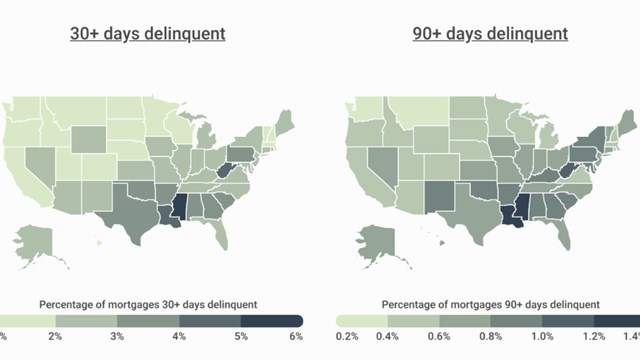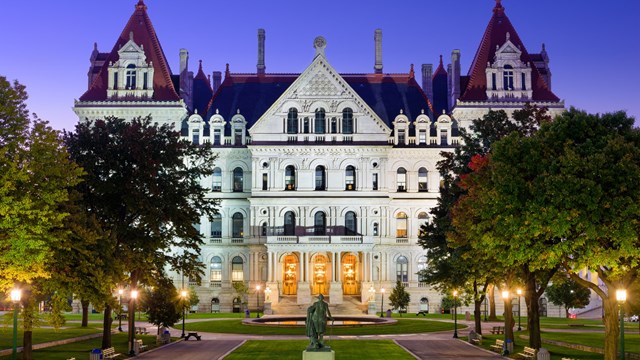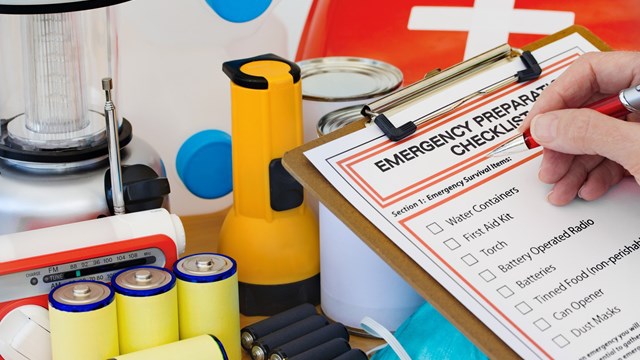While the majority of apartment dwellers are by nature accustomed to less living space than, say, single-family suburban homeowners, those in denser areas can offset that lack of personal square-footage by living a larger percentage of their lives outside their homes—in restaurants, bars, and public spaces like theatres and concert halls, as well as parks and playgrounds. Of course that’s not to say that suburban home dwellers don’t go out to eat, but the choice of alternate spaces for urban residents is certainly larger in the absolute than for their suburban counterparts, and inversely, absolute private living space per capita is higher for suburban dwellers than urbanites. In many if not most cases, suburban residents have their own outdoor space as well—a luxury few urban dwellers can claim.
With most of the country (and large swaths of the rest of the world) on lockdown or observing stay-at-home/shelter-in-place orders to curb the spread and severity of the coronavirus pandemic, single-family homeowners are definitely feeling cooped-up and penned in—many are working from home, while also trying to keep up with regular housekeeping tasks, prepare meals, and help their stuck-at-home kids keep up with schoolwork and not strangle each other over the Wii controller. It’s extremely challenging—but the situation for apartment-dwellers in places where the outbreak has hit harder can be even more so.
Five’s a Crowd
Firstly, and perhaps most critically, with schools and offices closed everywhere, apartment dwellers are working from home while their children are also learning from home. For families in places like New York City—a world where two and sometimes three kids often share a bedroom, and where what could be described as ‘dens’ or ‘family rooms’ are extremely rare—whole apartments are being taken over by in-home learning.
Consider the case of one Upper East Side family, who preferred to remain anonymous to preserve their privacy. They have three children, ages three, nine, and 13. The 13-year-old was set up for learning in the dining area, and the nine-year-old in the bedroom he shares with his older brother. The parents are both working from home, and set up work areas in the master bedroom and living room, respectively. The three-year-old, normally supervised during the day by a live-out nanny, now has to be supervised by one parent or the other, in alternating shifts.
According to the parents, that supervision, as well as monitoring of the two older children’s video-schooling, makes it virtually impossible for them to accomplish any of their own work during the day. The husband, a professor, gives video lectures several times a week—so he closed the door to the master bedroom and hoped for the best. All this says nothing of the task of preparing, serving, and clearing three meals a day, or of laundry, or cleaning an apartment that’s normally empty five days a week.
After the first two-and-a-half weeks of sheltering in place, the solution for this family was to pack up what they could and move in with the husband’s parents in Connecticut. Both the in-laws and the younger family had self-isolated for over two weeks without any known exposure or symptoms of the virus, so they decided to make the move for the sake of their jobs—and their sanity.
When the Child Is an Adult
Terence and Laura Hanrahan have lived in the same two-bedroom apartment on the Upper West Side of Manhattan for more than 25 years. While spacious (it has a separate formal dining room, and the bedrooms are at opposite ends of the apartment with individual baths), it’s still an apartment. Their 25-year-old son, a graduate student at a local university, moved back in with them last summer. Terence, a gig worker, says, “My wife is a teacher, and is conducting her classes via video conferencing. My son is attending his graduate courses the same way. I make myself as scarce as possible.”
“I go out for a walk a couple times a day, and at one point found myself reading the New York Times cover to cover—something I haven’t done in years—in the laundry room of my building,” Terrence continues. “The laundry room was empty, as many of my neighbors have weekend homes outside the city and have moved out to those homes for the duration of the crisis. Mostly, getting through the current crisis with all of us in the house is a matter of focus and scheduling, and being cognizant of each other’s needs. Rigid schedules help that.”
A Co-operator and a Therapist
Dana Greco is a family therapist and a shareholder in a large high-rise co-op in Riverdale, in the Bronx. When the mayor ordered the closure of the city’s schools on March 14, “At first,” she says, “there was anxiety for parents who now had their children home. But now they appear to be adjusting. The children [in my building] are not playing together—the playroom is closed—but our green area outside is open. Some families with older children are out there. The children are on their laptops doing their schoolwork, while the parents work from home on their devices. One family bought a stationary bike for exercise, since the gym is closed.” Greco says that perhaps surprisingly, she hasn’t noted any particular increase in noise in the building during the day, “because the children are still doing schoolwork during those hours.”
Being pinned down together, yet having to maintain social distancing, has been an adjustment for everyone, with kids or without. Greco says there has been one or two neighbors complaining about the noise from kids running around on the common green, “but the residents are ignoring her. The elevator also has a note on it, stating that only one person or one family can ride at a time. The building is providing rubber gloves, and placed a Purell dispenser in the lobby.”
Greco observes that her neighbors are taking the pandemic and its mitigation very seriously, and many are covered in masks and rubber gloves. Residents on the lower floors of the 17-story building avoid getting in the elevator—both out of caution, and to free it up for those who need to get to higher floors. Neighbors are comforting each other from a distance, and checking in with neighbors who have not been seen in a couple of days. Residents are maintaining a sense of community while at the same time keeping physical distance—but there is a real sense of fear.
“We recognize the elderly in my building are vulnerable,” says Greco, “and we are very concerned and considerate of their fragility. It’s known among neighbors that a few of us are mental health professionals, and are available for crisis intervention if needed. As a mental health professional, I can attest that the mood is solemn, and the reality of how the coronavirus has affected everyone is a major topic of conversation among my clients. My sessions have now been switched over to telehealth. No one can come to my office for appointments until it is safe to do so.”
The social and interpersonal toll of the pandemic is also playing out in different ways, both inside and outside building communities. For example, says Greco, “Yesterday, I went to the store to pick up milk, and a woman fully covered in a face mask gave me a dirty look because I was touching the container to see the expiration date. Unlike in my building, there appears to be more avoidance than camaraderie on the street. People are exhibiting fear in their eyes, but you can’t see their mouths to see if they are smiling. All I see is fear, and then they scamper across the street. People swerve 10 feet away.”
And though the fear, claustrophobia, tedium, and isolation of social distancing and quarantine are undeniable, “From a mental health perspective,” Greco continues, “I have learned from clients that the cancellation of all their kids’ after-school activities has been a welcome relief from what used to be a hectic schedule. Families are spending more time together as a result and actually enjoying most of it, if not all. College-age kids, of course, are disappointed about coming back home.”
Clearly, the coronavirus has changed the way we are living. Many of these changes may become permanent. The question is: which ones? The answer may depend on how long the current situation persists.
A.J. Sidransky is a staff writer/reporter for The Cooperator, and a published novelist.










Leave a Comment